Post-colonial Spain: Navigating Historical and Political Complexities within cultural institutions In Catalonia and Andalucía
February 14, 2025Abstract
The recycling of discarded daily items into symbolic works of art has been at the forefront of modern art. This study, "The Alchemy of Found Objects," discusses how artists transform ordinary materials to give them new stories, beauty, and cultural value. Grounded in traditional art practices and modern environmental issues, this study discusses the development of found-object art and its influence on art production, ownership, and material value.
Latest Dissertation Examples in 2025
By following the genealogy of found-object practice from the early 20th-century Dada and Surrealist movements to contemporary installation and assemblage art, this research examines the methods and conceptual models that enable discarded materials to be elevated beyond their original functions. Through examination of primary artists, such as Yuji Agematsu and Isa Genzken, this research identifies how found objects are used as cultural artifacts that reflect larger societal issues of consumption, memory, and sustainability.
In addition, this dissertation investigates the tension between materiality, audience understanding, and artist intention. Fundamental questions that are answered include: How do found objects determine art interpretation? In what ways do context affect their reinterpretation? And how is this practice implicated in broader social and environmental issues? Through case studies and critical discourse, this research seeks to enrich the analysis of found-object art as an important and ongoing art practice within the 21st century.
Introduction
The creation of everyday discarded objects into symbolic art forms has been a primary focus in contemporary art for years. "The Alchemy of Found Objects" discusses how artists recycle common objects, giving them new stories, beauty, and cultural value. The process, both based on past traditions and current environmentalism issues, pushes traditional boundaries of art creation, ownership, and material value.
This research explores the use of found objects in art innovation, from early 20th-century Dada and Surrealist movements to current installation and assemblage art. Through the examination of seminal artists, methods, and conceptual paradigms, this research explores how found objects move beyond their original purposes and gain new meaning through artistic intervention.
In addition, this thesis investigates the interaction between materiality, memory, and audience perception in found-object art. It asks, for instance: How do found objects affect artistic interpretation? What is the role of context in their transformation? And how does this practice intersect with larger social and environmental issues? By using case studies and critical examination, this research hopes to make a greater contribution to the understanding of the artistic and philosophical meaning of found-object art in the 21st century.
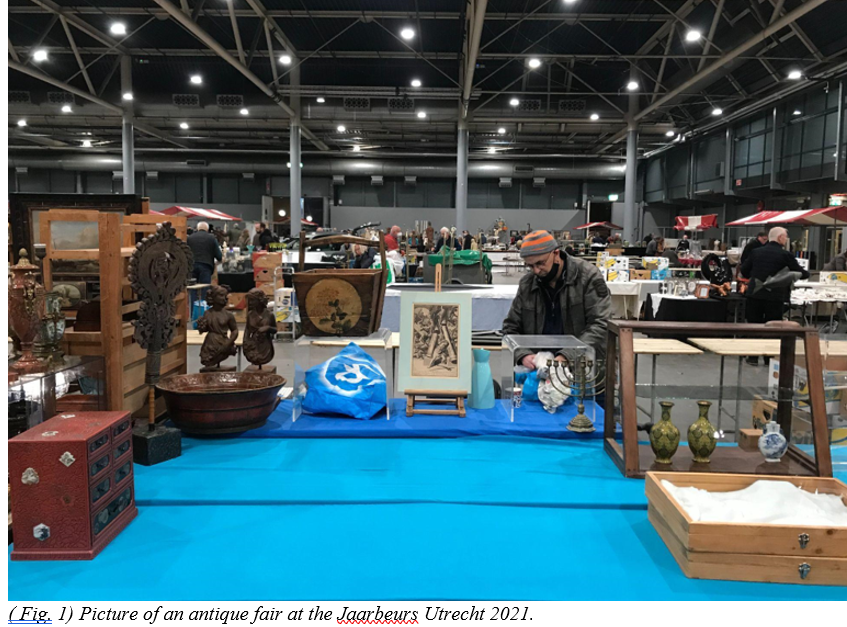
The Value of Found Objects in Art
The difference between hoarding and collecting is usually controversial, especially in the case of objects that are seen as valuable or worthless. The Diagnostic and Statistical Manual of Mental Disorders (DSM-5) identifies hoarding disorder as a condition where it is hard to discard items despite their little or no value. Neurobiological studies indicate that hoarders have differences in brain activity in decision-making, attention, and emotional processing. Yet value is a subjective thing—what to one is inconsequential can be of profound historical, artistic, or cultural value to another.
Within fine arts, the reuse of discarded objects serves a significant purpose in subverting the traditional perceptions of material value. Artists are drawn to wasted materials, taking an interest in their texture, hue, and shape to reconstruct into new compositions. Assemblage art especially facilitates the remaking of worthless things into expressive pieces of art. This strategy is important for posing questions: Who assigns an object's value? Can discarded materials be viewed as works of art instead of waste?
Historically, found objects have played a role in movements like Dada, Surrealism, and modern conceptual art. The recontextualization of trash or things that are no longer wanted provides them with a new function, enabling cultural commentary and environmental critique. During an age of mass consumption, the reintroduction of waste materials disrupts the idea of disposability and sustainability.
The dictionary defines trash as "waste material or things that are no longer wanted or needed." It is a broad term that covers all manner of discarded objects, from domestic items to industrial refuse. Good recycling and waste management are key to reducing environmental impact. But in the world of art, discarded objects can be used as a canvas for creativity and narrative.
Found-material artists engage in narratives of memory, transformation, and consumerism. The rebirth of discarded materials adds to a larger cultural dialogue, whereby discarded memories regain relevance. This examination of found-object art examines how materials previously deemed useless can be reimagined and respected through art.
Prior to discussing the aesthetic implications of using found materials, it is crucial to explore definitions of trash, waste, and repurposed objects. The purpose of this research is to explore the role of found materials in contemporary art, emphasizing their importance in forming artistic discourse and redefining value.

Yuji Agematsu: The Urban Archaeologist of Detritus
Yuji Agematsu, a New York-based Japanese artist, is recognized for his rigorous practice of scavenging and reusing abandoned urban waste. His practice uncovers the latent stories in city trash, turning overused pieces of everyday life into precisely arranged works of art. Through the collection of small items like cigarette packaging, receipts, and other scraps from the streets, Agematsu turns the ordinary into thoughtful commentaries on time, consumption, and city life.
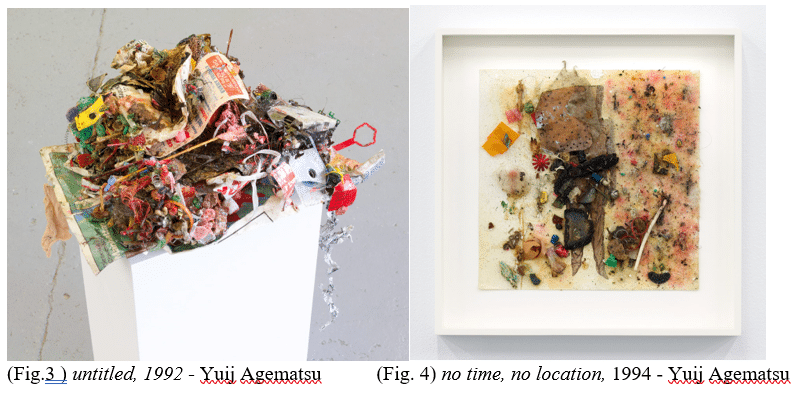
One of Agematsu's most celebrated series, "zips," began as his daily practice of smoking a pack of cigarettes. Utilizing the cellophane packaging as vessels, he gathers shreds of street trash, preserving them within clear encasements that double as preservation and display. Every zip sculpture contains a particular moment in time, as an index of urban life and the transience of thrown-away things. Framed in Perspex units, the pieces encourage viewers to consider material culture, consumer trends, and the impermanence of time.
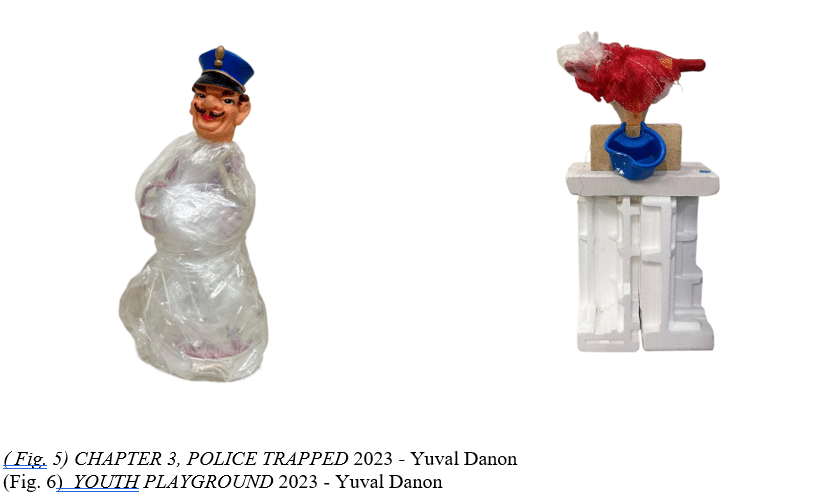
In addition to their aesthetic and archival value, Agematsu's pieces pose wider questions about waste, pollution, and the value placed on discarded material. His work follows the traditions of assemblage and found-object art, referencing artists who have challenged conceptions of materiality and artistic purpose. Through documenting and re-siting city detritus, he presents a critical view of contemporary society's engagement with consumption and disposability.
Aside from his sculptural work, Agematsu also performs acts of urban navigation. His systematic walking in the city is both a research process and an artistic practice that permits serendipitous encounters with objects that inform his ongoing body of work. His walks are structured but open-ended, emphasizing the interplay between movement, space, and artistic discovery. The meticulous recording of these explorations again adds to the conceptual richness of his work, integrating the art, psychology, and urban anthropology disciplines.
Agematsu's practice of found objects highlights their social and historical significance, showing how discarded things can be used as cultural artifacts. His skill in finding beauty and meaning in the neglected fragments pushes against conventional ideas of value, inviting a greater engagement with the material world. By doing so, Agematsu asks people to rethink what they see around them, insisting that even the most mundane remains of city life contain untold stories and creative possibilities.
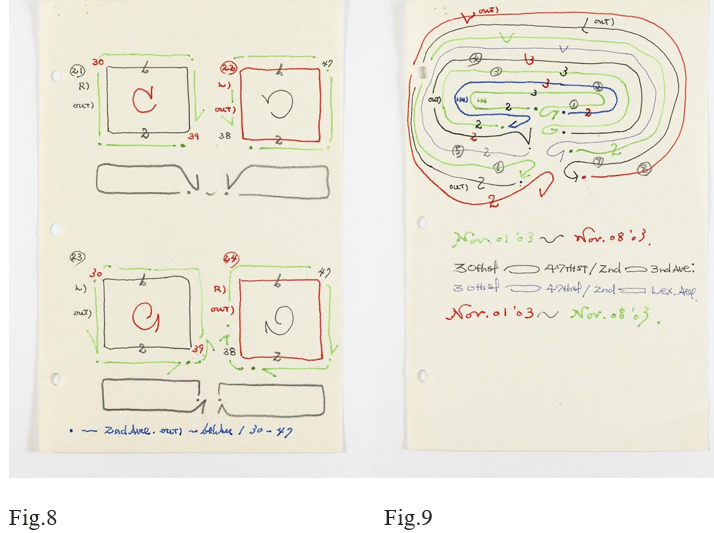
In essence, Agematsu's work embodies a multifaceted exploration of urban life, temporality, and the human condition. Through his meticulous attention to detail and his innovative use of materials, he crafts objects that are at once visually arresting and conceptually rich, inviting viewers to reconsider their relationship to the world around them.
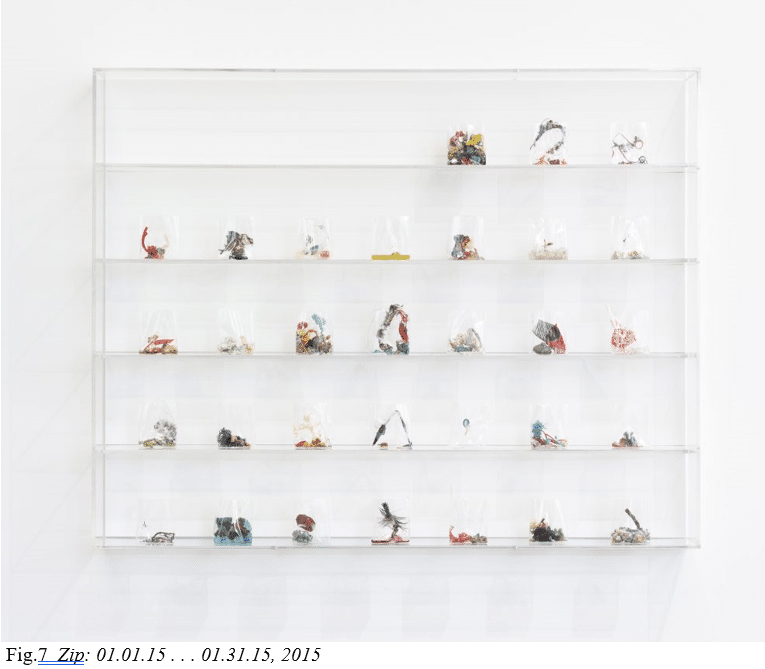
Isa Genzken: The Assemblage of Objects
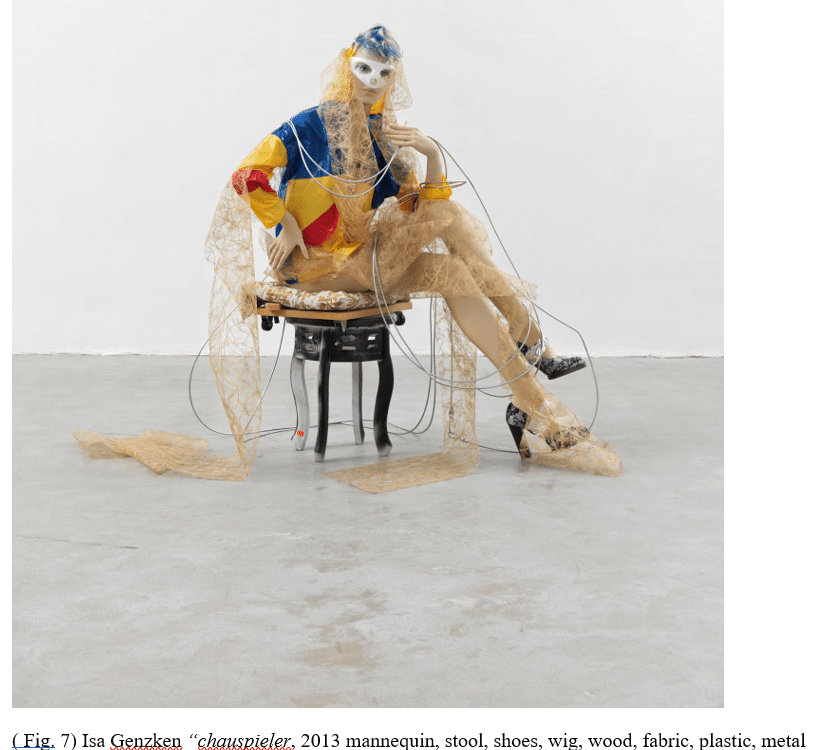
Isa Genzken, a prominent figure in contemporary art, is known for her ability to breathe new life into everyday objects, challenging traditional notions of materiality and artistic form. Born in Germany in 1948, Genzken’s artistic journey has led her to explore sculpture, assemblage, and installation art, redefining the boundaries between art and life.
A defining characteristic of Genzken’s work is her innovative approach to found objects and materials. She repurposes and combines seemingly unrelated elements to create thought-provoking and visually striking installations. Her use of household items, mannequins, and a diverse range of materials reflects a dynamic engagement with the material culture of contemporary society. Her pieces often convey a sense of chaos and juxtaposition, yet within this apparent disorder, patterns and dialogues emerge, emphasizing the connections between disparate elements.
"Fuck the Bauhaus" Series
One of Genzken’s notable works, the Fuck the Bauhaus series, represents a significant departure from her earlier artistic explorations. Created in 2000, this series presents architectural models for future high-rise buildings in Manhattan, constructed from everyday objects and inexpensive materials sourced from New York streets and stores. These sculptural assemblages challenge traditional architectural conventions and the rigid aesthetics of the Bauhaus movement. By incorporating unconventional materials, Genzken critiques modernist ideals and invites viewers to reconsider their perceptions of urbanism, design, and the built environment. This series reflects a shift in Genzken’s approach, moving from post-Minimalist works that explored themes of destruction and utopian failure to a more playful and irreverent engagement with contemporary urban life.
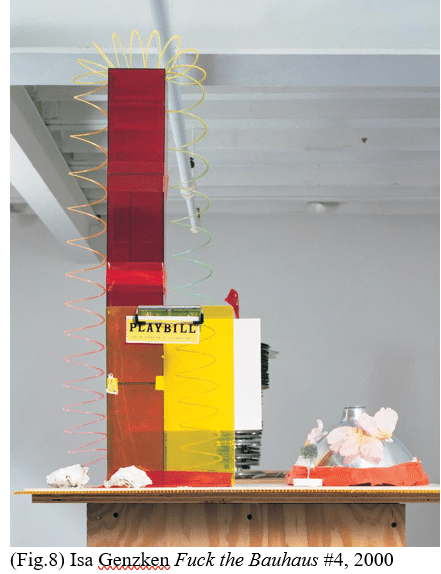
"Empire, Vampire, Who Kills Death" Series
Another significant body of work by Genzken is the Empire, Vampire, Who Kills Death series, which features sculptural assemblages incorporating materials such as concrete, steel, plaster, and found objects. The title hints at broader themes of power, consumption, mortality, and societal complexities. Through chaotic and fragmented compositions, these works reflect the turbulence of contemporary life, prompting viewers to contemplate the intersections of culture, politics, and identity. The series exemplifies Genzken’s bold experimentation and her ability to provoke critical thought through material and form.
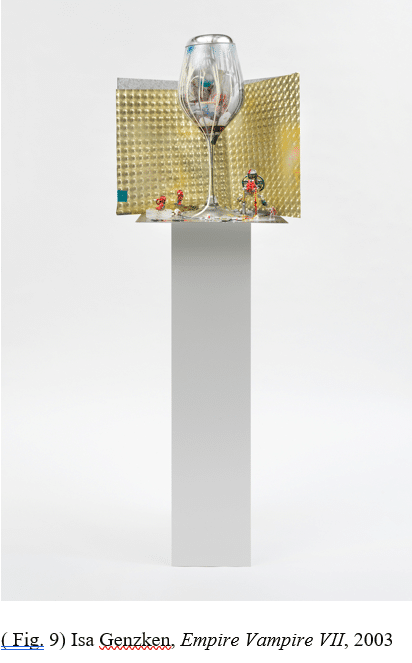
Common Themes and Artistic Legacy
Both Empire, Vampire, Who Kills Death and Fuck the Bauhaus share Genzken’s commitment to pushing artistic boundaries. While the former interrogates themes of power and societal structures, the latter critiques architectural norms and modernist principles. Both series challenge hierarchical conventions and explore the relationship between individuals and their built environments. Through her assemblages, Genzken redefines the value of discarded materials, transforming them into works that engage with the complexities of modern existence.
The Broader Impact of Assemblage Art
Assemblage as an artistic practice allows for the reconstruction of narratives and the reinvention of objects. By repurposing seemingly unrelated elements, artists like Genzken create compositions that transcend mere formal connections, offering deeper reflections on society and material culture. Through her transformative approach, Genzken demonstrates how discarded or overlooked objects can gain new meaning, highlighting resilience, transformation, and the layered significance of everyday materials.
Genzken’s work stands as a testament to the potential of contemporary art to challenge perspectives, critique societal structures, and redefine artistic expression. Her innovative use of materials and engagement with urban culture continue to inspire new ways of seeing and interpreting the world around us.
Alchemy of Abandonment: From the Street to Artistic Transcendence
Kenny Scharf, Keith Haring, Jean-Michel Basquiat, and Kaws share a common thread despite their varied artistic approaches: a commitment to activism through visual expression. Whether through urgent messages conveyed in accessible imagery or through the fusion of fine art with commercial aesthetics, these artists demonstrate the power of art to inspire, provoke, and effect societal change.
This chapter explores how these artists relate to each other and examines their contributions to contemporary art.
Kenny Scharf: The Modern Pop Cartoonist
Kenny Scharf’s artistic practice is defined by his transformative engagement with trash and found objects, which he elevates to cosmic and surreal dimensions. Emerging from the 1980s East Village art scene, Scharf seamlessly integrates discarded elements into his vibrant and immersive works, challenging traditional artistic boundaries.
Scharf's art transforms the mundane into the extraordinary, much like an alchemist repurposing everyday materials. He constructs whimsical, otherworldly realms by incorporating overlooked objects, thereby redefining their significance. His sculptures and installations often feature repurposed plastic toys, kitchen utensils, and electronic gadgets, imbuing them with a sense of playfulness and ingenuity. These unexpected combinations encourage viewers to reconsider the value of ordinary objects and their potential within artistic expression.
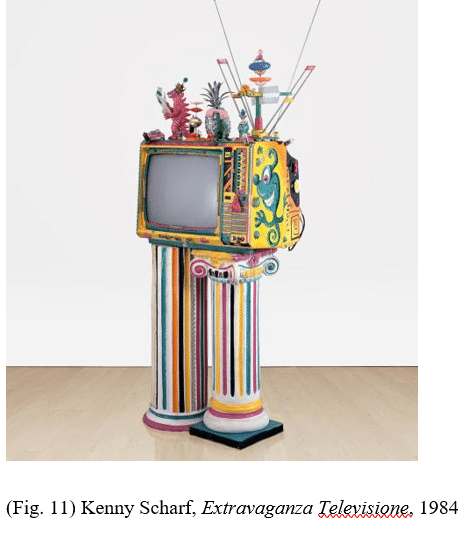
Extravaganza Televisione (1984)
Scharf's "Extravaganza Televisione" exemplifies his dynamic and immersive approach. This work combines painting, sculpture, and video to create an engaging visual experience. His sculptures within the piece take on surreal and exaggerated forms, ranging from oversized cartoon characters to abstract shapes. Some sculptures incorporate moving parts, hidden compartments, or emit sound and light, further enhancing the interactive and sensory nature of the installation.
The playful forms and unconventional materials in "Extravaganza Televisione" reflect Scharf’s ability to transform the ordinary into fantastical realms. Through his use of found objects and vibrant compositions, the work invites audiences to engage with creativity in an unexpected way.
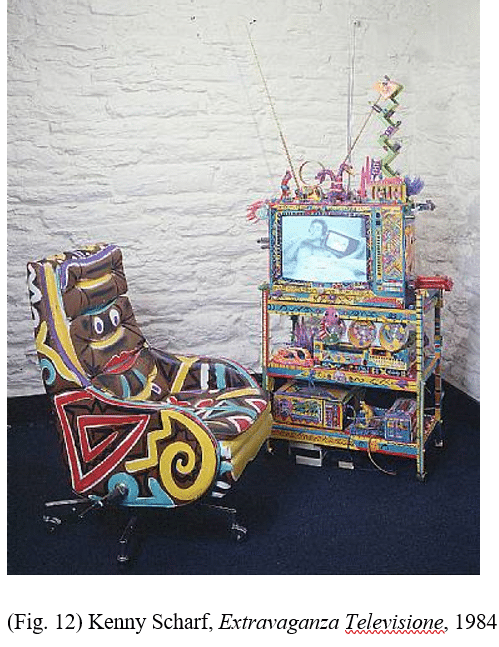
Luna Luna (1987)
Scharf further explored immersive and interactive art in his contribution to "Luna Luna", an artistic amusement park in Hamburg, Germany. He transformed a swing ride into a fully realized artistic experience, integrating colorful paintings and sculptures into the fairground attraction. This project encapsulated his ability to merge high art with pop culture, making art accessible and engaging for a broad audience.
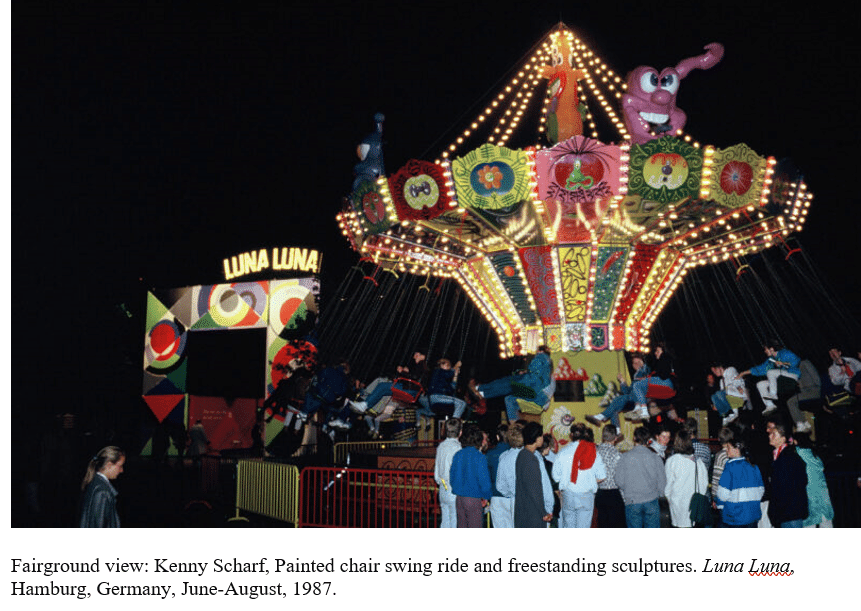
The Role of Objects in Scharf’s Work
Scharf's artistic approach blurs the lines between high and low culture, celebrating the potential of discarded materials. His sculptures and installations construct imaginative worlds, redefining the meaning and function of everyday objects. By incorporating elements of consumer culture and street art aesthetics, Scharf continues to challenge artistic conventions while encouraging viewers to embrace creativity in unexpected forms.
Keith Haring’s Subway Activism: A Performative Canvas on Political Expression
Keith Haring's artistic legacy is deeply intertwined with his commitment to social and political activism. His distinctive visual language, characterized by bold lines and instantly recognizable figures, served as a compelling medium for addressing pressing global issues. Through his Subway Works, Haring demonstrated the transformative potential of art in public spaces, using the underground transit system as both his canvas and stage for activism.
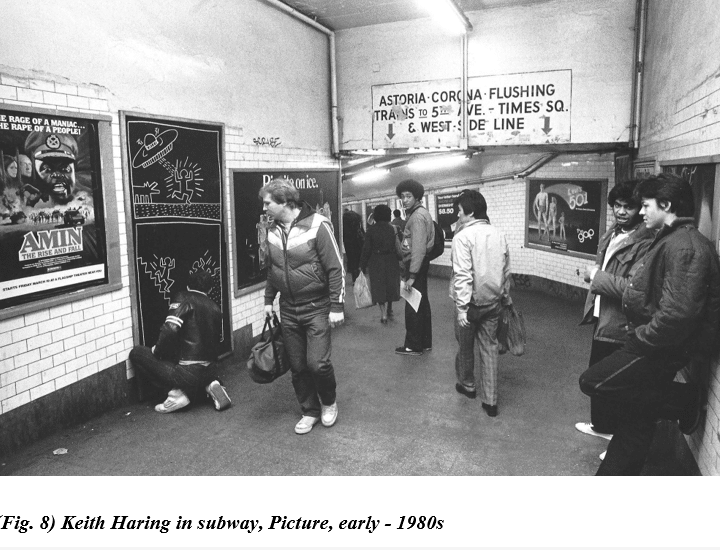
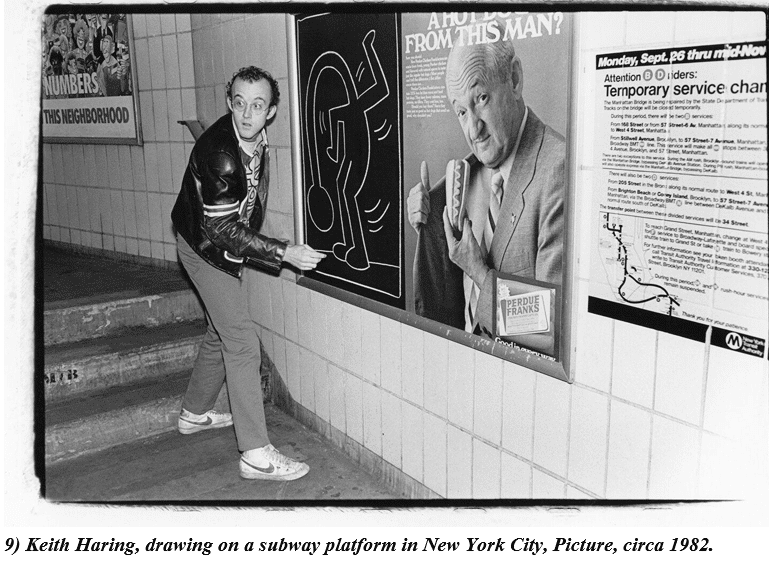
Haring often entered the subway armed with a piece of charcoal, creating spontaneous drawings on the blank advertising spaces within the transit system. These quick, performative works were executed under time constraints due to the illegality of graffiti in public spaces (Fig. 10). This approach allowed him to communicate political messages to a broad audience, engaging passersby in an unfiltered artistic dialogue.
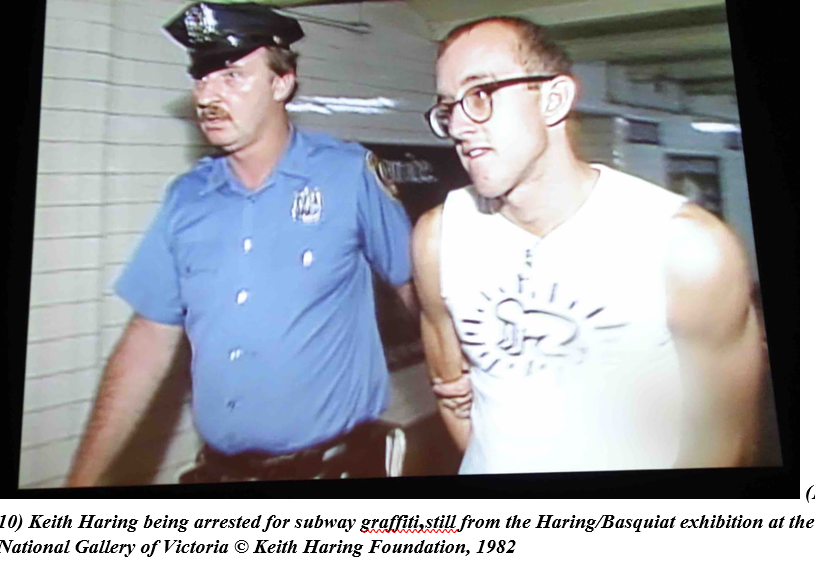
Haring's subway art exemplified the intersection of urban realities and artistic activism. His work tackled issues such as AIDS awareness, apartheid, and drug addiction, reinforcing the power of visual expression to provoke dialogue and inspire social change.
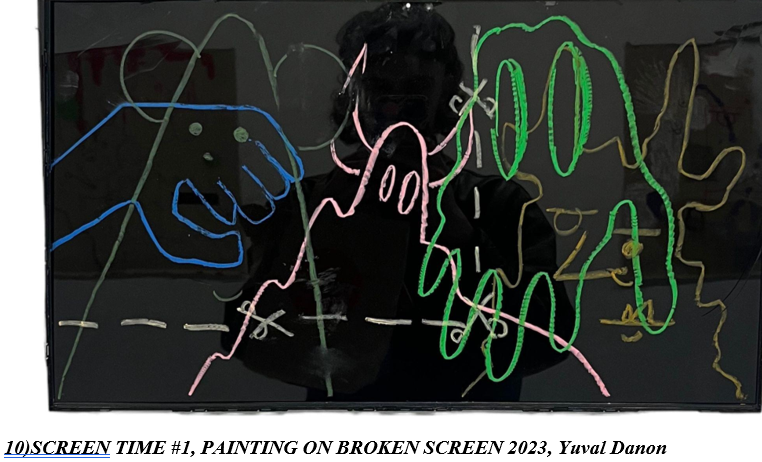
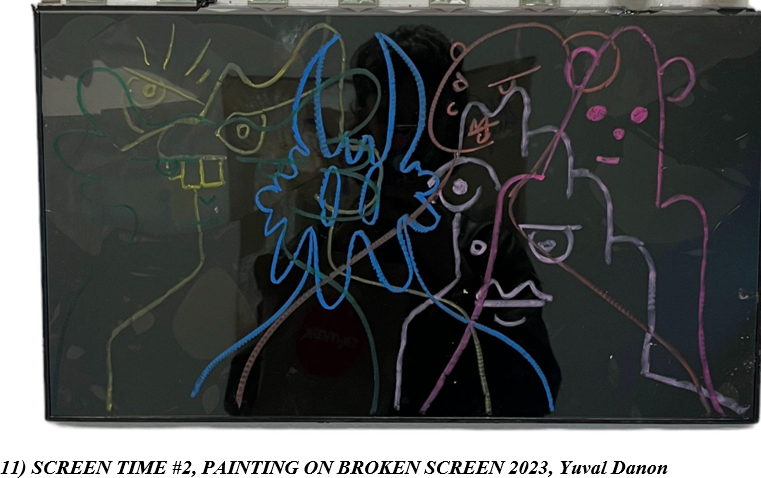
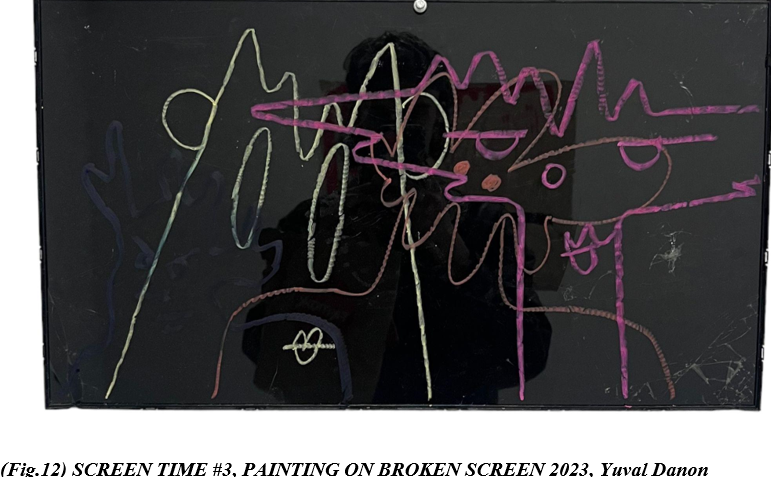
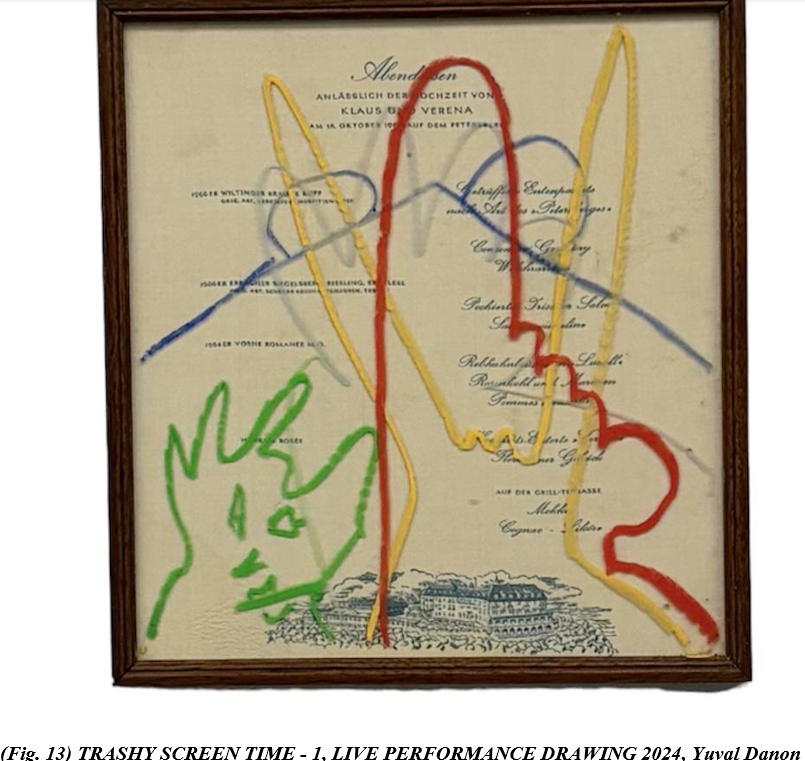
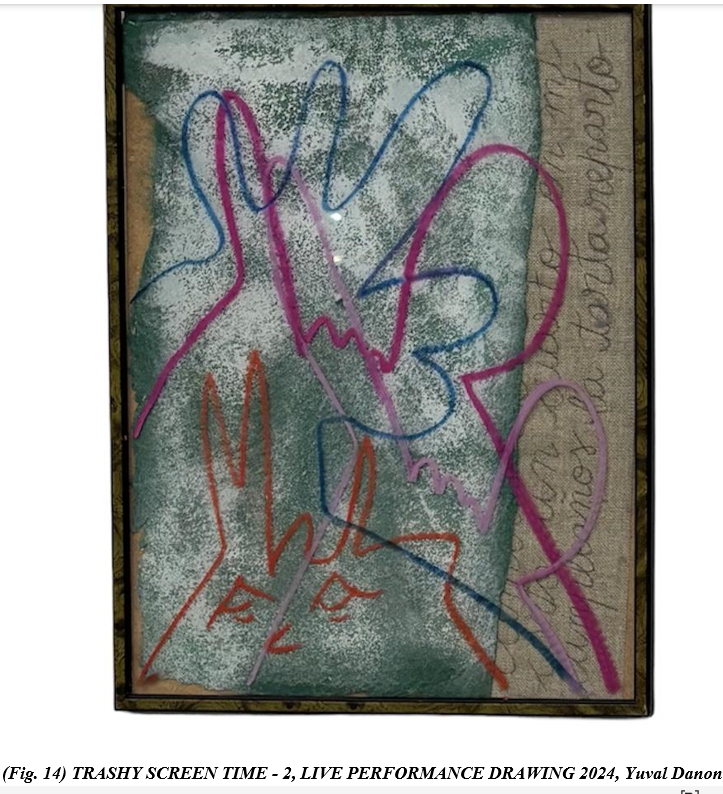
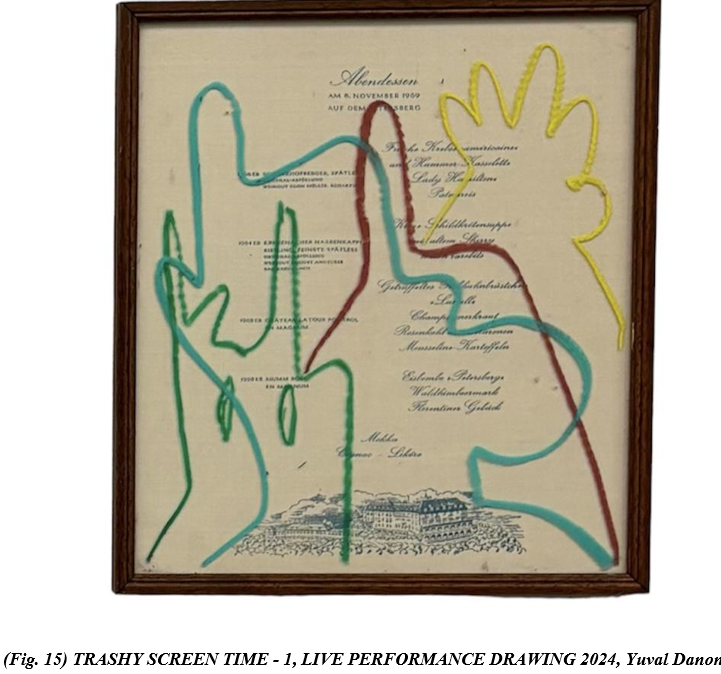
Jean-Michel Basquiat: The Urban Poet
Jean-Michel Basquiat remains a pivotal figure in contemporary art, bridging the realms of graffiti and fine art. His distinctive style, featuring layered text, symbols, and imagery, explored themes of race, identity, and social justice. Drawing from African, African-American, and Caribbean influences, Basquiat created enigmatic compositions that challenged conventional artistic and societal narratives.
Basquiat's work offers a compelling commentary on systemic inequalities and cultural heritage. His use of found materials and raw, expressive brushstrokes reinforced his status as an urban poet, transforming everyday objects and words into intricate visual dialogues.
Kaws: Blurring Boundaries in Contemporary Pop Art
Kaws, a contemporary artist and designer, has successfully merged fine art with consumer culture, redefining the boundaries of pop art. His work frequently features reimagined characters, such as his signature figure—a reinterpretation of Mickey Mouse with crossed-out eyes. This motif resonates with global audiences, reflecting themes of nostalgia, commercialization, and contemporary culture.
Through collaborations with major brands and his ability to navigate both the art world and mass consumerism, Kaws exemplifies the evolving nature of artistic expression. His reinterpretation of familiar imagery challenges traditional notions of value and artistic legitimacy, demonstrating how popular culture can be both a subject and a medium for artistic exploration.
Review Our Quality Dissertation Writing Services;
Connecting the Dots: A Personal Evolution
The artistic journeys of Kenny Scharf, Keith Haring, Jean-Michel Basquiat, and Kaws illustrate how art transcends boundaries and emerges from unexpected places. Their work blends social and political commentary with elements of popular culture, demonstrating the power of artistic expression to connect with audiences on a profound level.
Each artist brings a unique perspective: Scharf’s playful transformation of mundane objects, Haring’s activism-driven art, Basquiat’s fusion of graffiti and poetry, and Kaws’ intersection of art and consumer culture. These approaches highlight how discarded and overlooked objects can carry deep meaning, shaping new narratives and perspectives.
Artists who repurpose found objects create a space where people can experience the transformative power of art firsthand. By engaging with materials, viewers can explore creativity, sustainability, and the potential hidden in everyday items. This approach challenges traditional notions of value and consumerism, shifting perceptions of what is considered art.
Transformative Artistry: Repurposing Discarded Objects
The concept of hoarding—the excessive accumulation of possessions—has long been studied in psychology due to its emotional and cognitive implications. Various theories help explain this behavior:
-
Attachment Theory: Individuals with insecure attachments may form strong emotional bonds with objects as substitutes for human relationships.
-
Cognitive-Behavioral Models: Distorted beliefs about possessions and fear of discarding them contribute to hoarding tendencies.
-
Neurobiological Explanations: Differences in brain activity and structure impact decision-making and emotional processing in individuals with hoarding disorder.
-
Environmental and Familial Factors: Childhood exposure to hoarding behaviors increases the likelihood of developing similar tendencies.
-
Trauma and Loss Theories: Past traumas or significant losses can lead individuals to use possessions as coping mechanisms.
-
Savings and Memory Theories: Some individuals hoard items due to perceived future necessity or sentimental value.
Understanding these psychological aspects is essential, as hoarding can lead to distress, impaired functioning, and strained relationships. Treatment often involves cognitive-behavioral therapy to address underlying thought patterns and behaviors.
In contrast to hoarding, some artists intentionally repurpose discarded objects to create meaningful artwork. By finding and collecting objects from urban environments, they explore themes of sustainability, nostalgia, and transformation. This approach, often referred to as found-object art or upcycling art, emphasizes creativity and reinvention.
Exploring Waste and Value in Art
To better understand what people throw away, some artists immerse themselves in waste collection, working directly with discarded materials. In cities like Amsterdam, individuals engage in an informal competition to find and repurpose the most valuable discarded items. This exploration sheds light on the subjective nature of value—what one person discards, another may see as a treasure.
Unlike hoarding, artistic repurposing is an intentional and deliberate process. By transforming discarded objects, artists breathe new life into forgotten materials, highlighting their aesthetic and historical significance. Through collaboration and community engagement, these projects raise awareness of environmental issues while celebrating creativity.
Trash Fair: A Case Study in Object Value
One such project, "Trash Fair" (TF), exemplifies how discarded objects can become part of an interactive art experience. In this immersive installation, participants were encouraged to reconsider the value of objects through a series of games and exchanges:
-
Object Exchange: Participants brought three items of personal significance and exchanged them for tokens.
-
Carnival Games: Games like "Trash Soccer," "Waste Pole Hitter," and "Garbage Basketball" allowed participants to use tokens to engage with discarded objects in new ways.
-
Art Prizes: Winners received sculptures and paintings crafted from found objects, packaged in reused plastic bags featuring the TF logo.
This project encouraged participants to reflect on the concept of value and to question their assumptions about material worth. By fostering engagement and interaction, Trash Fair provided an opportunity to explore new perspectives on consumption, sustainability, and artistic transformation.
Conclusion: What Is the Value of Objects?
Found objects possess a unique allure, transcending their original purpose. In a world dominated by consumerism, recognizing value in discarded items serves as a counterpoint to the constant pursuit of newness. The act of repurposing not only reduces waste but also challenges society’s disposable mentality.
The transformation of objects—from coveted commodities to discarded refuse—reveals how perception shifts over time. Items once infused with meaning through branding and advertising lose their appeal once abandoned. Photography, as seen in the work of Bernd and Hilla Becher, captures this transition, preserving the silent narratives of discarded objects.
Trash serves as both a reflection of consumption patterns and a mode of artistic expression. From packaging remnants to graffiti-covered surfaces, each fragment tells a story of cultural significance. By reimagining waste, artists challenge conventional ideas of value and inspire more sustainable and mindful consumption.
Through creativity and collaboration, discarded objects can find new purpose, revealing the hidden stories within overlooked materials. In doing so, artists not only create compelling works of art but also encourage audiences to reconsider their relationship with material possessions and environmental responsibility.
Connect With Writer Now
Discuss your requirements with our writers for research assignments, essays, and dissertations.
 Download PDF File
Download PDF File
Bibliography
Books
- Candlin, Fiona, and Raiford Guins. The Object Reader. New York: Routledge, 2009.
- Foster, Hal. Bad New Days: Art, Criticism, Emergency. Meard Street, London: Verso Books, 2015.
- Haring, Keith. Keith Haring. New York: Rizzoli International Publications, 2008.
- Isa Genzken, Alex Farquharson, Diedrich Diedrichsen, Sabine Breitwieser. Isa Genzken. London: Phaidon, 2006.
Book Chapters & Articles
- Haring, Keith. Future Primeval, p.19.
- Marshall, Richard. “Repelling Ghosts,” in: Jean-Michel Basquiat, ed.
- Penner, Barbara. "A World of Unmentionable Suffering: Women’s Public Conveniences in Victorian London." Journal of Design History, vol. 14, no. 1, 2001, pp. 35–51.
Online Sources
-
- Cambridge Dictionary. "Definition of Trash." Cambridge Dictionary. Accessed January 23, 2024.
- Law Insider. "Definition of Waste Material." Law Insider. Accessed January 23, 2024.
- Miguel Abreu Gallery. Book on Yuji Agematsu. Miguel Abreu Gallery. Accessed November 12, 2023.
- National Library of Medicine. National Library of Medicine. Accessed October 6, 2024.
- Kenny Scharf Volunteer Guide.
Get an Immediate Response
Discuss your custom requirements with our writers
Get 3+ Free Custom Examples & Topics within 24 hours;
Free Online Plagiarism Checker For Students
We will email you the report within 24 hours.
Upload your file for free plagiarism




























